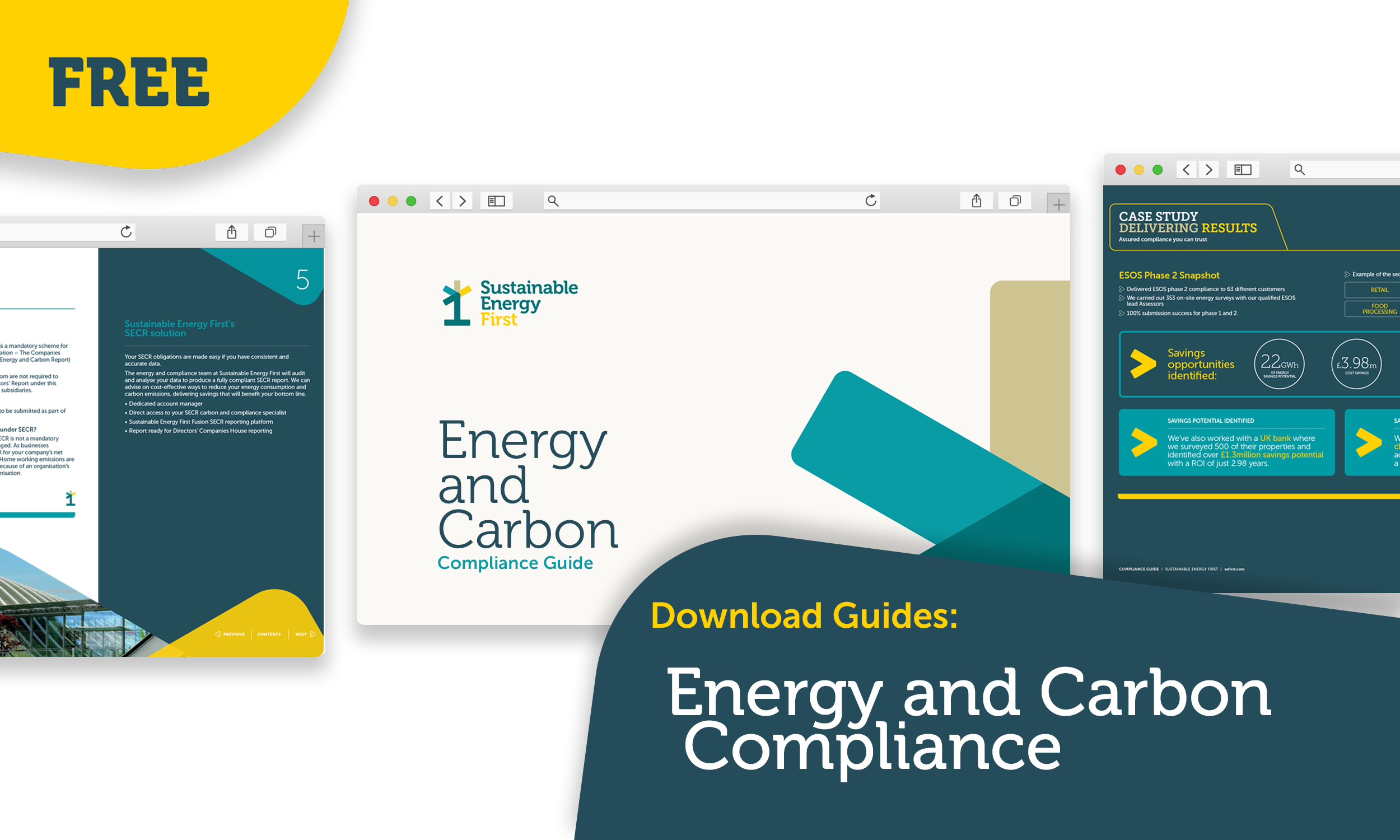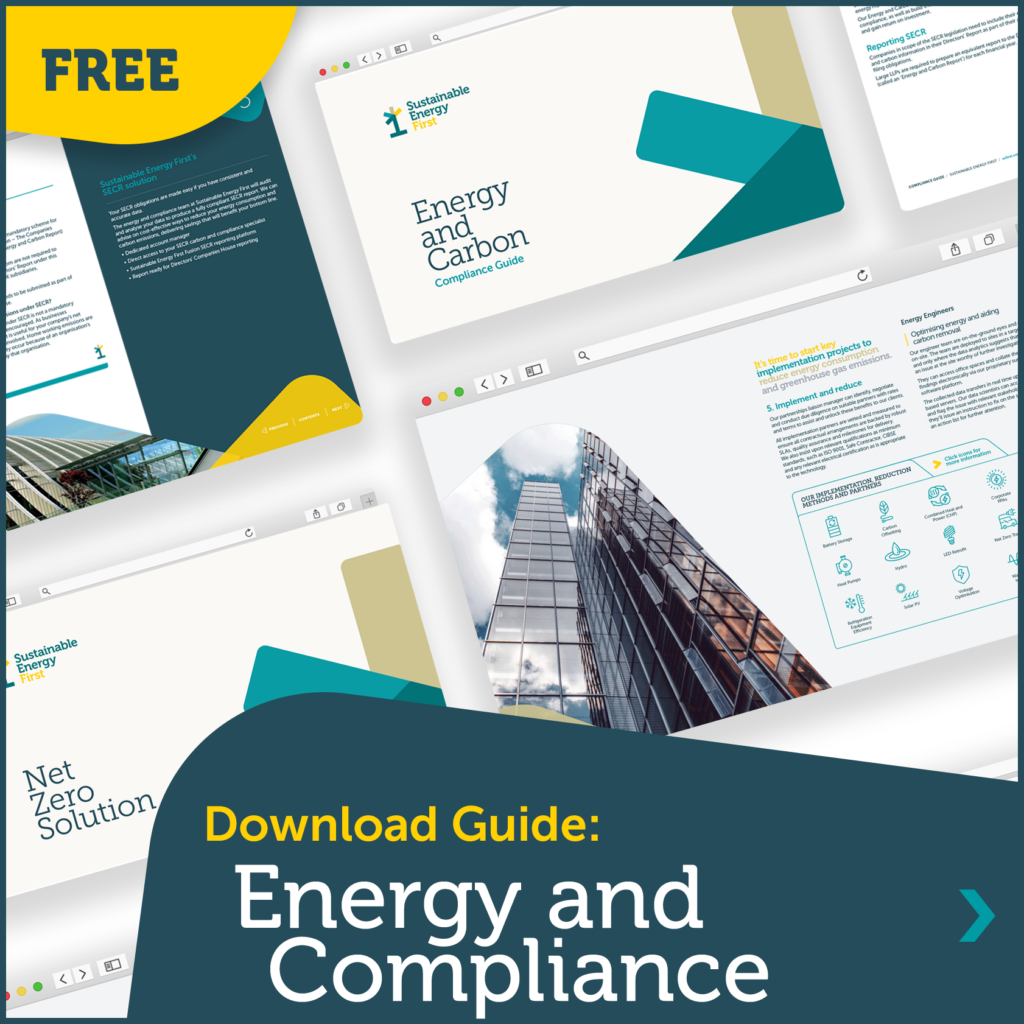What is ESOS?
The Energy Savings Opportunity Scheme is a mandatory scheme requiring large UK businesses to report on their energy use and identify possible ways to save energy. It runs in four-year phases.
- If you were in scope of Phase 3, you should have submitted your Action Plan by 5 March 2025, and be getting ready to submit your first Progress Update by 5 December 2025.
- Phase 4 officially started on 6 December 2023. If you are in scope, you must submit a compliance notification by 5 December 2027.
Does my business have to comply with ESOS?
ESOS applies to “large undertakings.” In Phase 3 & 4, this is defined as any UK company that:
- employs 250 or more people;
- and has an annual turnover in excess of £44 million
- and has an annual balance sheet total in excess of £38 million.
The qualification date for Phase 4 will be 31 December 2026. If your business meets the above criteria on this date, you are eligible for Phase 4.
Submitting your ESOS Phase 3 Action Plan
Phase 3 of ESOS introduced a new requirement for organisations to produce an Action Plan. The plan should include:
- What you intend to do to reduce your organisation’s energy consumption over the next four years;
- When you intend to do it;
- Whether it was recommended through your ESOS assessment;
- What energy savings you expect to see by carrying out your action plan; and
- How you estimated those energy savings.
This was due by 5 March 2025.
Action Plan progress reports
You are now expected to implement your Action Plan and submit two annual progress reports – the first by 5 December 2025 and the second by 5 December 2026. Your plan and progress updates will be made public.
Late to comply with Phase 3? Take action now
The deadline for notification of Phase 3 compliance was 6 August 2024, and the Action Plan submission deadline was 5 March 2025. In July 2025 the Environment Agency said over 80% of organisations are now compliant with Phase 3, with more being brought into compliance.
If you have missed deadlines that have passed, you may be at risk of enforcement action and should contact the Environment Agency.
What’s happening with ESOS Phase 4?
In February 2025, the Environment Agency issued an update on changes to ESOS Phase 4:
- Mandatory net zero requirements will be delayed to Phase 5: The government had previously announced its intention to align ESOS Phase 4 audits with net zero. These will now be postponed until Phase 5 (2027-2031).
- There will be a voluntary net zero reporting option in Phase 4. DESNZ has worked with the British Standards Institution (BSI) to finalise two PAS standards, which can be used on a voluntary basis for ESOS compliance in Phase 4.
- Qualification criteria remain unchanged for Phase 4. Proposed changes to qualification thresholds for ESOS will not be taken forward in Phase 4.
- Display Energy Certificates (DECs) and Green Deal Assessments (GDAs) will be removed as compliance routes.
- Progress against action plan commitments must be included in the ESOS assessment.
Summary of key dates:
- ESOS Phase 3 – notification of compliance: 6 August 2024
- Submission of Action Plan: 5th March 2025 (extended from 5th December 2024)
- Submission of 1st Action Plan Progress Update: 5th December 2025
- Submission of 2nd Action Plan Progress Update: 5th December 2026
- ESOS Phase 4 – notification of compliance: 5th December 2027






